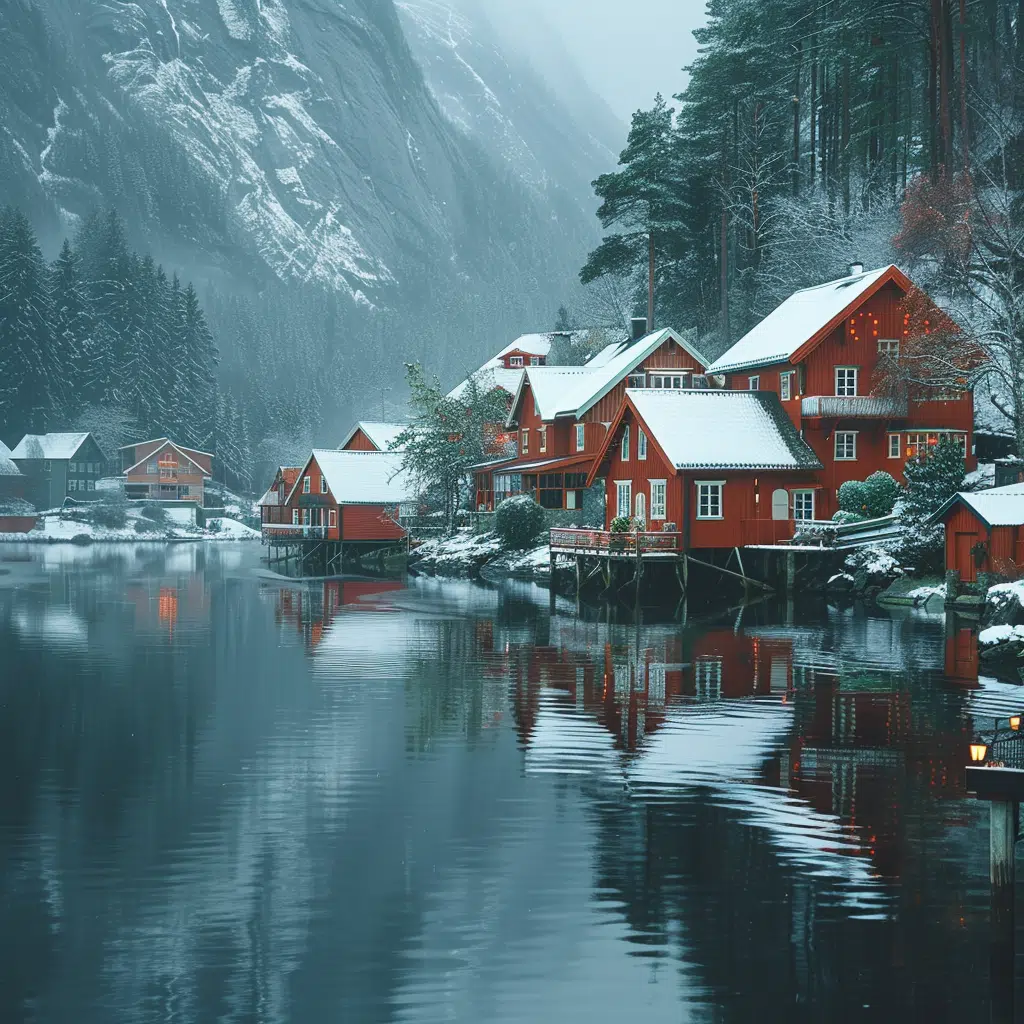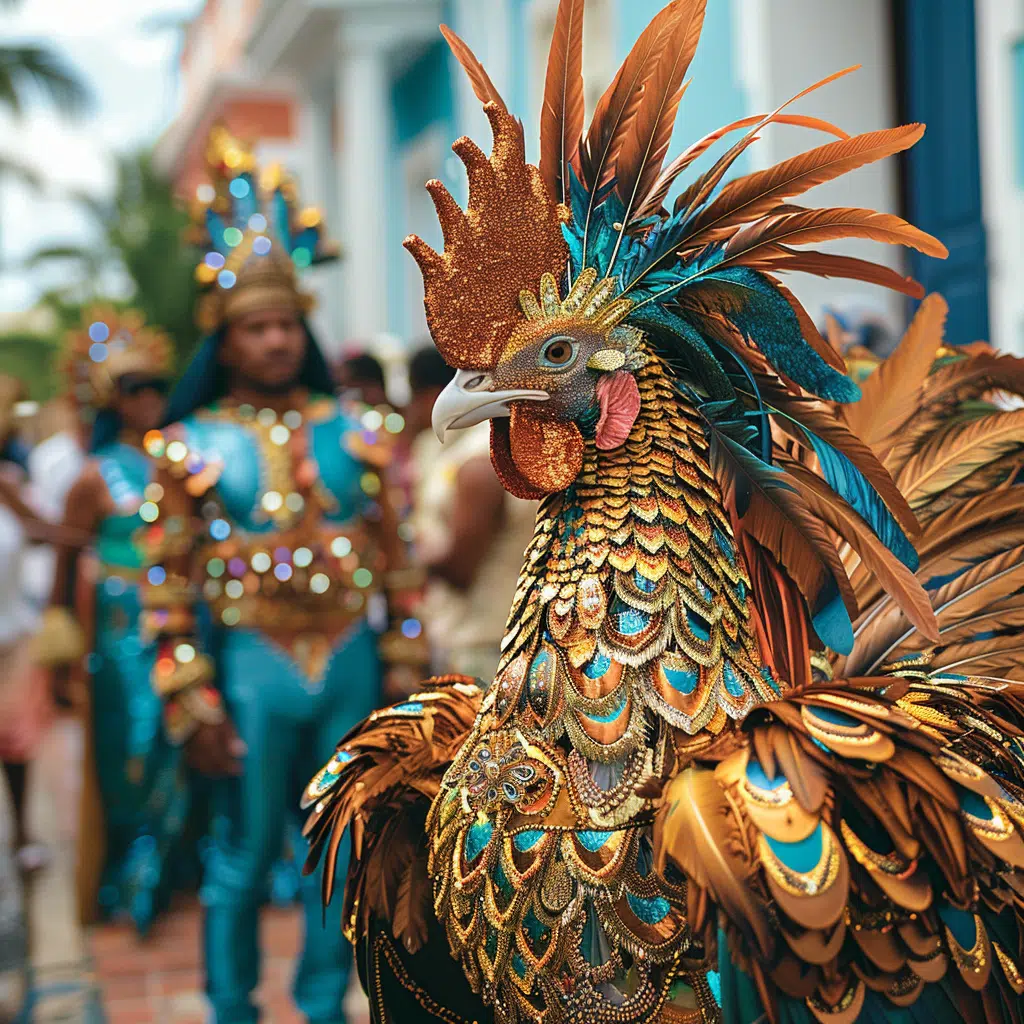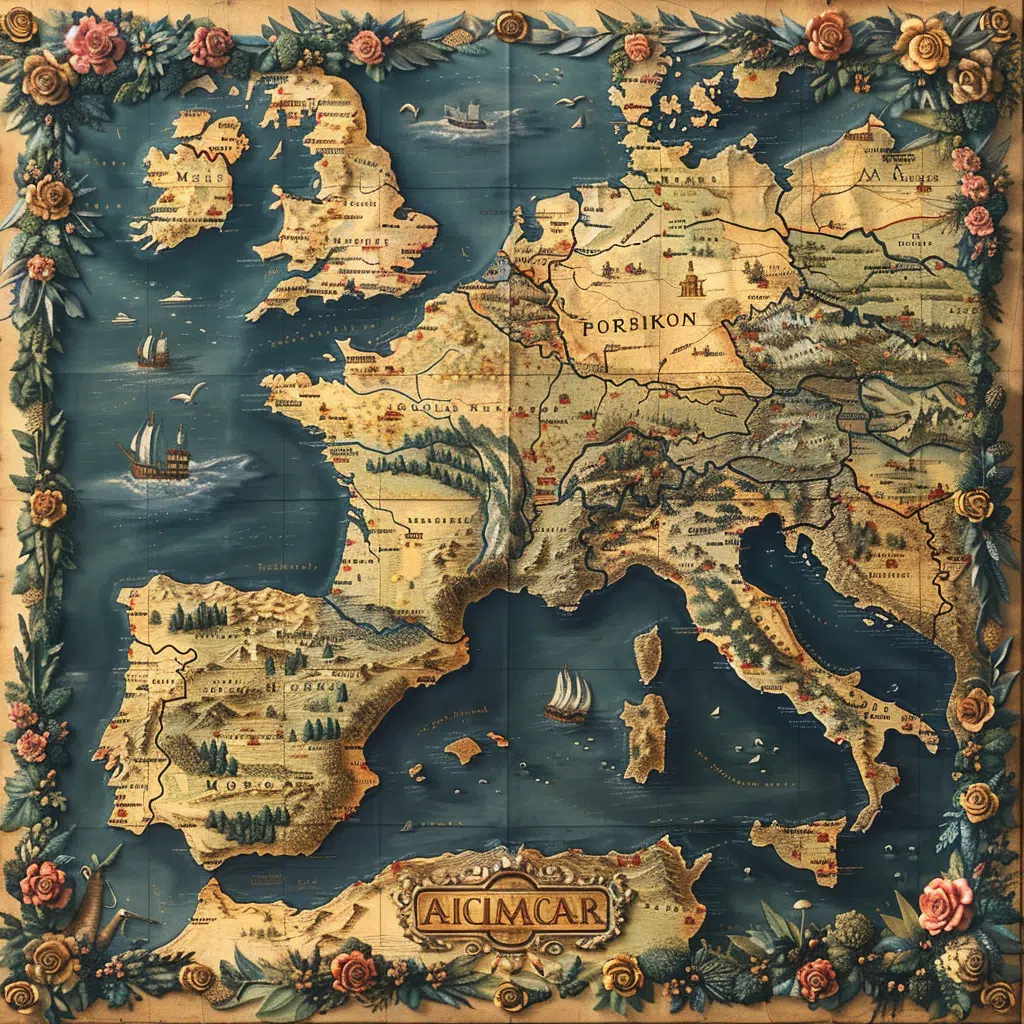Unveiling the Enigma of Sea Spiders: Nature’s Marine Marvels
1. Sea Spider Taxonomy Delight: More than Just Your Average Spiders
Alright, folks, let’s talk about sea spiders—but don’t get your skin crawling just yet! These creatures might share a moniker with the eight-legged tenants in your basement, but they’re far more fascinating, and honestly, less likely to scuttle up your arm. Sea spiders, or pycnogonids as the brainiacs like to call ’em, strut their stuff in the grand tapestry of the arthropod phylum. Despite their name, sea spiders aren’t true spiders at all. Sure, they’ve got the leggy look down, but they’re more like distant cousins, twice removed, on the arthropod family tree.
Diving into the specifics, the order Pantopoda stands out with an array of species that scientists are still trying to get a proper head count on. What sets them apart from their landlubber lookalikes is more than just their preference for a salty abode. Their body structure’s a hoot, with a torso you might miss if you blink, showcasing legs for days!
| Category | Information |
|---|---|
| Scientific Classification | Class: Pycnogonida; Phylum: Arthropoda |
| Common Name | Sea Spider |
| Size Range | From 1mm to up to 50cm (leg span) |
| Habitat Depth | Shallow waters to deep-sea floors (up to 7,000 meters, or approx. 23,000 feet) |
| Habitat Type | Marine and estuarine environments |
| Distribution | Worldwide, with the largest species near the poles due to polar gigantism |
| Appearance | Camouflage to blend with algae and corals; stilt-like jointed legs |
| Feeding Mechanism | Proboscis used to suck up bodily fluids of prey |
| Prey | Small invertebrates, occasionally other sea spiders |
| Relationship to Spiders | Not true spiders; similar in appearance but belong to a different class (Pycnogonida vs Arachnida) |
| Notable Species | Colossendeis sp. (Giant Sea Spider) |
| Unique Feature | Deep-sea species can grow larger than a dinner plate |
| Toxicity | None of the species deliver poisonous bites or have piercing jaws |
| Significance | Subject of research especially regarding polar gigantism and deep-sea biodiversity |
2. Bizarre Biology: Sea Spiders’ Astonishing Anatomy
Speaking of weird, let’s talk body layouts. Sea spiders’ anatomy is a treasure trove of peculiarities, with legs that seem to stretch into next week. And get this, they don’t just use them to dance across the seafloor; their legs are packed with organs, since there’s hardly any room in their itty-bitty bodies. And wait till you hear about their proboscis, a snazzy straw-like appendage they’ve got for sipping the juice out of their meals, like a kid with a milkshake.
But the curveball doesn’t stop there; these sea-critters breathe differently too. They’ve ditched the usual respiratory system playbook, opting to gasp in oxygen straight through their exoskeleton. Is it any weirder than breathing with lungs made of tree branches? Well, maybe not, but it’s way out of left field for marine animals!
3. Deep Sea Giants: How Sea Spiders Defy Size Expectations
Oh, and do they ever defy expectations! Forget about the dainty spiders making doilies in your garden—some sea spiders are whopping giants. Especially up in polar waters, we’re talking creatures as big as your fluffball cat, starting from a mere 0.03 inches (1mm) and skyrocketing to around 20 inches (50 cm).
What’s behind these behemoth sizes, you ask? Cue the mysterious process called “polar gigantism.” There’s still a whole lot of head-scratching over why frigid waters pump out such colossal critters. But, like hearing about an Fboy Island season 3, we can’t help but be intrigued by these chilling giants.
4. Sea Spider Reproduction: A Paradigm of Peculiarity
Here’s where things get even more wild, the juicy details of sea spider romance. It’s the males who often carry the youngsters. That’s right; they cart around their future kiddos right on their limbs, making papa sea spider look like he’s got way too much on his plate. This baby-toting behavior gives a new spin to the term ‘hands-on parenting’ and plays a curious part in the sprawling saga of sea spider distribution.
5. Global Distribution: Sea Spiders’ Worldwide Web
Charting the haunts of sea spiders turns out to be a global trek. These critters have set up shop everywhere, from toasty tropical reefs to the belly-freezing depths of the Antarctic. Talk about being versatile! But what gives them this jet-setter capability? It’s a mix of their undercover camo skills, blending in with the corals and algae, and their canny knack for weathering the currents of different ecosystems.
6. The Predator-Prey Saga: Sea Spiders’ Role in the Food Web
Dive into the big blue, and you’ll find sea spiders scuttle-hunting on the ocean stage. They’ve got a taste for invertebrates, dialing into their soft-bodied prey with precision. Sometimes, it gets downright cannibalistic with sea spider on sea spider action! What’s clear is they’re a gear in the oceanic clockwork, keeping the balance in check—like an underwater neighborhood watch.
7. Conservation and Study: The Future of Research on Sea Spiders
Now, don’t go thinking our spidery friends have it easy. They’re feeling the heat from environmental shake-ups, and humans aren’t always doing them any favors, either. But brains are set to “ON” in the science world, with smarty-pants the world over zooming in on sea spiders like they’re the latest Easter egg in the History Of The World Part 2.
Innovations are blowing up in research methods, giving us the VIP pass to decode their secrets. We’re not just talking probes and petri dishes—think hardcore genetics and eyes-on-the-scene observations. It’s as if we’re watching a house flipping show, but instead of bungalows, we’re transforming knowledge on deep-sea critters.
Conclusion: Appreciating the Wonders of Sea Spiders
Alright, you made it through the rabbit hole—sorry, the spider hole? These marine marvels, often as camouflaged as Vic Fuentes at a punk rock concert, are little-known heavyweights in their underwater neighborhoods. Whether they’re threading through the corals or holding their own in a food chain showdown, they’ve earned a tip of the hat.
Sure, they may not be the stuff of feel-good movies, but don’t they sort of glow with curiosity? Like, wouldn’t you bookmark a live-feed cam of sea spiders doing their sea spider thing? So imagine how much more there’s left to unearth about them. While tales of giant sea spider or sea spiders in South Africa keep peaking our interest, it’s our eagerness to learn that might help keep these enigmatic eight-leggers in the swim.
There it is, the ocean’s underappreciated tango dancer, the sea spider, spreading its slender limbs across our marvelous planet’s seafloors. As they march through their silent ballet, perhaps it’s time we tune in more closely and let their story unfold, hopefully learning a lesson or two about the tenacity and diversity of life on our awe-inspiring blue marble.
Unraveling the Mysteries of the Sea Spider
Sea Spiders, nature’s oddballs of the ocean, are sure to give you the creepy-crawlies, way more than any ghastly ghost from the latest feel-good movies could. These marine marvels aren’t your garden-variety spiders, nope, they’re something else entirely. Ready to dive deep into their bizarre world? Let’s get to it!
Walking on Thin Legs
Talk about leggy! Sea spiders have legs for days. Imagine a daddy longlegs that’s been working out, and you’ve got a picture of our pal, the sea spider. These critters take stilt-walking to the next level. But don’t let their slender appendages fool you; these legs are multi-tools, not just for strutting around but for breathing and digesting as well! It’s not like they need to binge-watch house Flipping Shows to figure out how to make use of their space efficiently!
South Africa’s Underwater Safari
Hold your seahorses because did you hear about the sea spiders living in South Africa? It’s true! These Cape of Good Hope dwellers rank high on the list of underwater enigmas. A journey to see sea Spiders in South africa might not give you the warm fuzzies like a rom-com, but it’ll sure spike your adrenaline. With varieties in shapes and sizes you’ve never imagined, every dive becomes an episode of “The Wild Wet.
The Heartless Predators (Literally!)
Here’s a heart-stopper for you (pun totally intended) – sea spiders don’t have a heart. Talk about being cold-blooded! Now, before you go thinking they’re the heartbreakers of the deep blue, it’s not a metaphor; these creatures literally do not possess a heart. Their bodies are so thin that nutrients just mosey on by diffusion rather than needing a pump. Makes you wonder how they’d handle the emotional rollercoasters in those feel-good movies, eh?
A Meal with a View
And get this: some sea spiders are transparent! Eating in clear-bodied style, you can observe your lunch making its journey, like real-life biological television. Imagine if we were like that – Thanksgiving dinner would be quite the show! Thankfully, we can stick to living room banter and leave the anatomy display for our sea spider friends.
Weird Reproduction: Outsourcing at Its Finest
Male sea spiders? They’re the nannies of the ocean deep. In a peculiar twist of fate, these guys carry the eggs until they hatch, taking co-parenting to a whole new level. It sure beats flipping through channels to watch house flipping shows on an idle Sunday; sea spider dads are out here setting the bar high for fatherhood!
Barely a Bite
You’d think with “spider” in the name, they’d be munching on their prey, but nope – sea spiders just don’t have the stomach for it (well, not in the usual sense, anyway). They stab their grub with a proboscis and suck out the nutrients like a milkshake, which begs the question: are sea spiders the ultimate lazy foodies? Sure makes the effort we put into flipping pancakes seem a little extra!
They’ve Been Around — For a While!
Last but not least, these underwater enigmas have been playing hide and seek with fossil records as they pranced around about 500 million years ago. That’s longevity that makes the trends on house flipping shows look like fleeting fancies. If sea spiders had yearbooks, they’d be full of “Most Likely to Survive an Ice Age” awards.
And there you have it — seven insane facts that make sea spiders some of the most fascinating creatures beneath the waves. Just remember, the next time you’re settling in for one of those Feel-good Movies, somewhere out there, in the vast ocean, sea spiders are strutting their stuff, without a care in the world. Wild, right?
Is a sea spider a crab?
– Don’t let the name “sea spider” fool you; they’re not your garden-variety arachnid, nor are they pinchy crabs. Sea spiders, or pycnogonids, strut around exclusively in marine environments, whereas crabs can scuttle just about anywhere – from land to sea. Wow, talk about homebodies for the sea spiders, huh?
How big is the biggest sea spider?
– Holy moly, did you know that the colossal sea spider can outsize your dinner plate? These marine marvels can grow to about 20 inches across – that’s as long as a cozy housecat curled up on your couch! Talk about an underwater showstopper!
How far down do sea spiders live?
– Sea spiders aren’t just shallow water show-offs; they can scoot down to astonishing depths near the ocean floors, we’re talking a whopping 20,000 to 25,000 feet! Imagine these crafty critters skulking in the deep blue, just out of reach from all the sunlight shenanigans.
Do sea spiders breathe underwater?
– Newsflash folks, sea spiders aren’t holding their breath down there; they’re built differently! Without gills or lungs, they use their thin skin to absorb oxygen straight from the water. It’s like they’re literally living a submerged life of “go with the flow!”
Can sea spiders bite you?
– Bite? Nope! Keep your Band-Aids in the box because, lucky for us, sea spiders don’t pack a punch with their chompers. They might look like eerie ocean patrollers, but they’re harmless to humans – so no need for any “Jaws” dramatics here!
How big can a sea spider get?
– Got room for a housecat? Then you’ve got an idea of how large sea spiders can get. Stretching up to a 20-inch leg span, these creatures can take up a fair bit of space in the underwater condo, especially in the chilly polar regions. Talk about big footprints without feet!
What is the world’s largest spider ever found?
– Brace yourselves, because the largest spider by mass found was the Goliath birdeater, a true heavyweight in the arachnid corner, weighing in around the same as a puppy. No spider web’s going to hold that big buddy!
What is the largest spider ever found alive?
– Ever hear about the South American Goliath birdeater? It’s the largest spider caught living the vida loca, and guess what, it wears the “largest spider” belt to this day. Not the creepy-crawly you’d want to meet in a dark alley!
What is the largest spider to ever exist?
– If you thought you’d seen big, think again. The ancient arachnid queen, Megarachne servinei, once assumed to be a massive spider, was actually a sea scorpion. Luckily, they’re just part of the fossil crowd now – phew!
Do sea spiders have teeth?
– Teeth? Nah, sea spiders aren’t exactly the tooth fairy’s target audience. These see-through-skinned sea sippers use a proboscis to slurp up their meals like a smoothie. Who knew underwater dining was so… straw-like?
Are there spiders in Antarctica?
– Ice, ice, baby… Yep, sea spiders are Arctic rockstars, strutting their stuff in the icy waters of Antarctica. They’re part of the cool crew that doesn’t mind a little “chill” with their swim.
What kind of spider can swim?
– Dive into the world of the diving bell spider, truly a swim champ among spiders. These ingenious arachnids can actually create an underwater air bubble to breathe while they take a dip. Spiders with snorkels, anyone?
Can spiders feel pain?
– Can you imagine spiders screaming “Ouch”? Well, while they don’t show pain like we do, let’s say they’re not lining up for the roller coaster of pain, either. Scientists are still duking it out over whether spiders experience pain, so the jury’s still out on this one.
Do sea spiders have eyes?
– Sea spiders may play peekaboo in the ocean, but they’re not checking you out with big peepers. Their eyes are basic, but hey, when you’re that deep underwater, what’s there to see?
Do spiders have a heart?
– Here’s some bug-sized trivia: spiders do have hearts! Less like Valentine’s and more like tiny pumping machines, these mini tickers keep their eight-legged hustle going strong. Who knew spiders could be so… heartfelt?
























